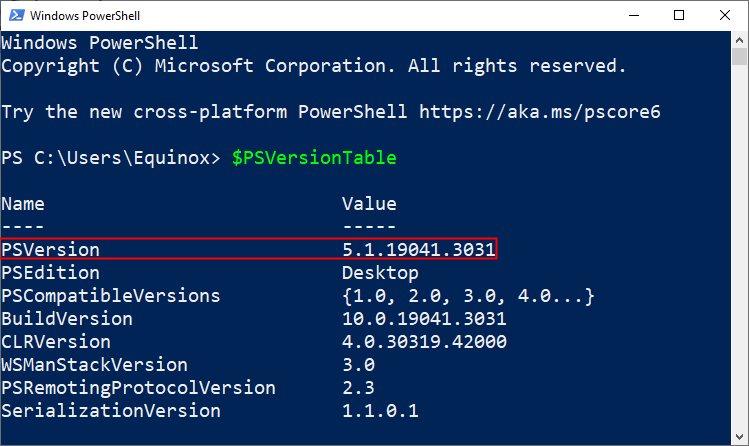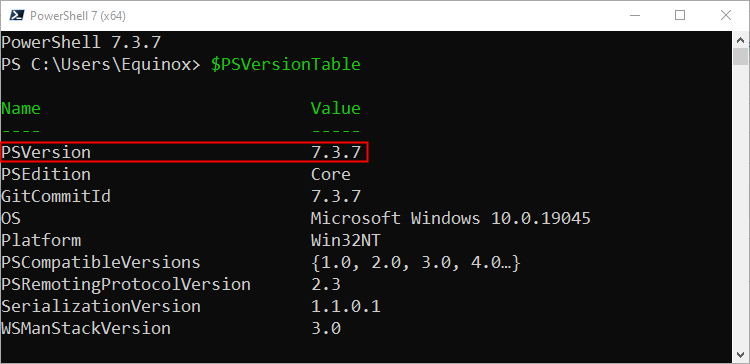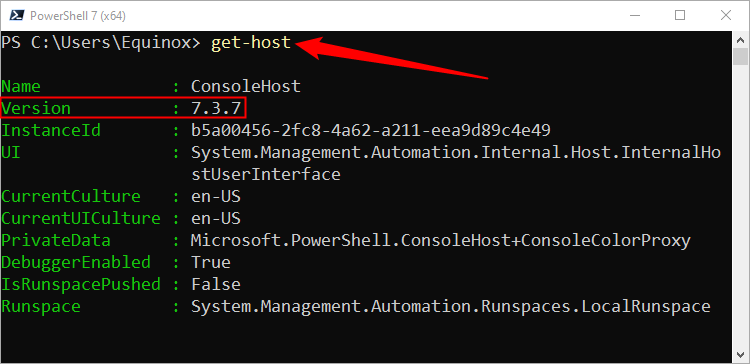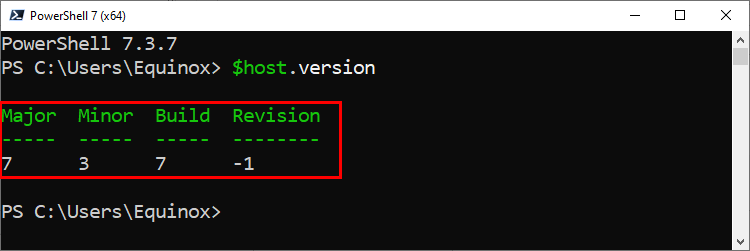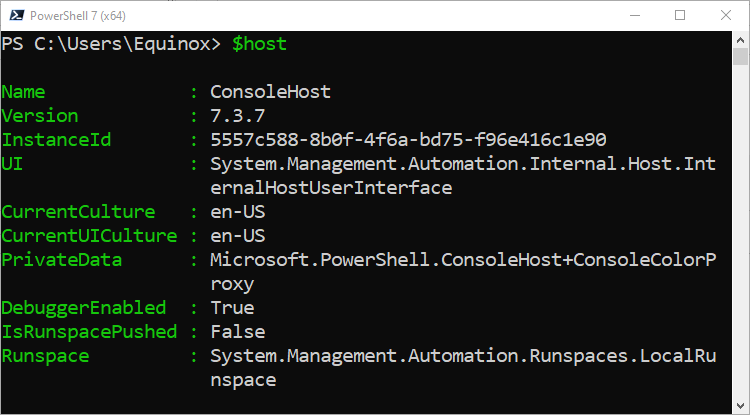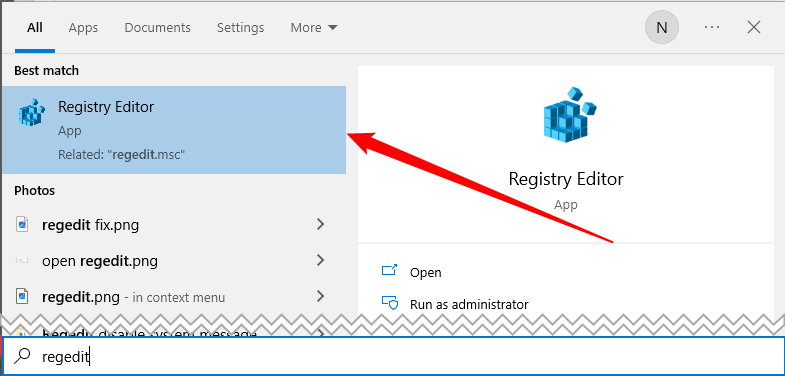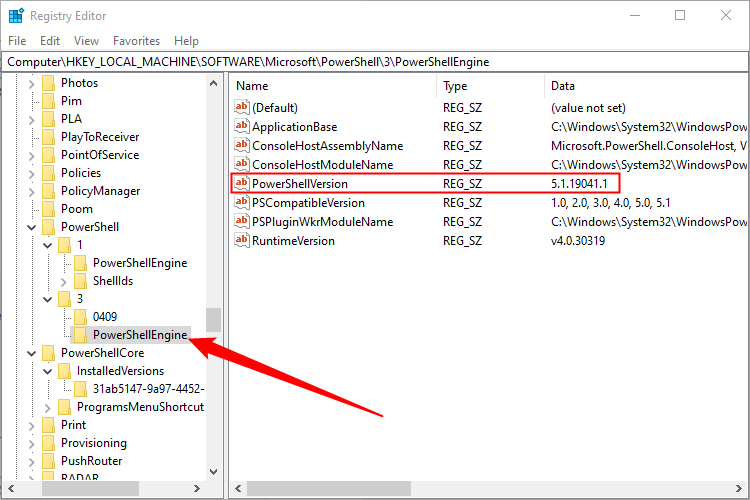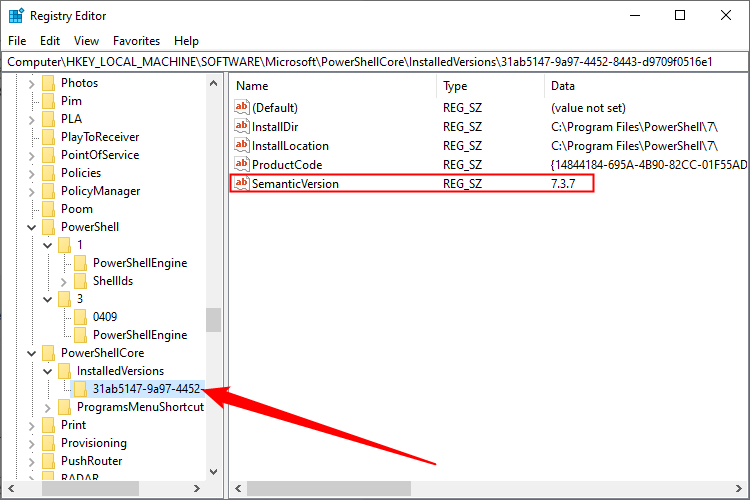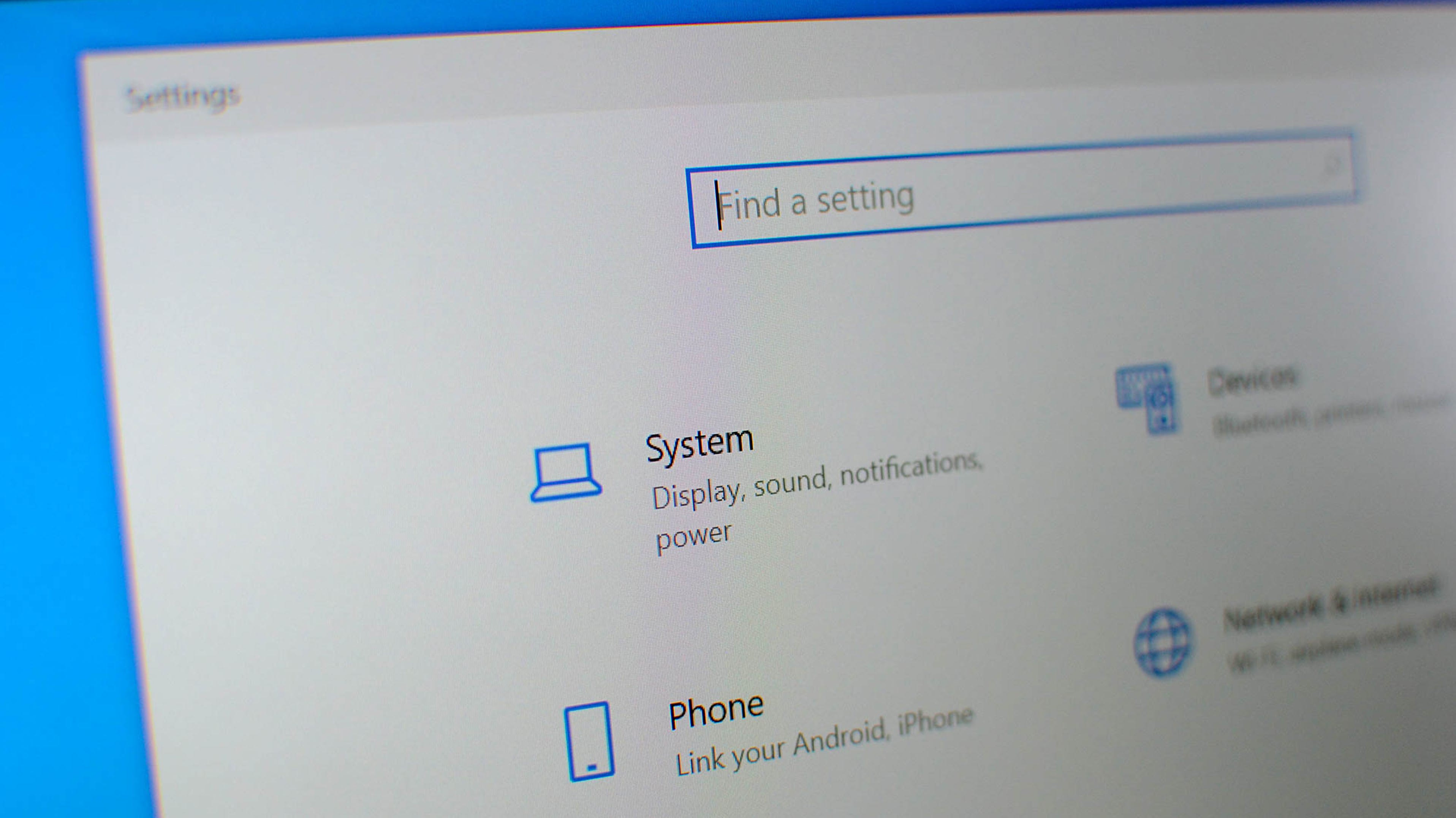
The Ultimate Guide to Checking the PowerShell Version in Windows 10

Discover the version of PowerShell on your Windows 10 PC effortlessly Uncover multiple methods to check PowerShell version, update it, and explore the latest PowerShell 7 version
Key Takeaways
To determine the version of PowerShell you are utilizing on Windows 10, simply launch a PowerShell window and input "$PSVersionTable" into the command prompt. The current version of PowerShell will then be presented beside "PSVersion."
Finding your PowerShell version is important for determining the available PowerShell features. By using a PowerShell command, you can easily discover the version number, and we will guide you through the process.
Find Your PowerShell Version
You'll use the PowerShell utility itself to find the version number.
To start, open the "Start" menu, search for "Windows PowerShell," and click it in the search results.
In the PowerShell window that opens, type the following command and then press Enter:
$PSVersionTable
PowerShell displays various numbers. Here, the first value that says "PSVersion" is your PowerShell version.
You can now close the PowerShell window.
How to Get PowerShell 7 Version
To determine the PowerShell 7 version on Windows 10, simply launch PowerShell 7 and refer to the initial line displayed in the window. This line showcases the PowerShell version whenever a new instance is opened.
If the previous method does not work for any reason, you can still retrieve your version information by using the PowerShell version command we previously discussed. Execute the following command in PowerShell:
$PSVersionTable
Get PowerShell Version with the get-host Command
Only use this if you're checking your local PowerShell version.
To use the get-host command to check your PowerShell version, open up any version of PowerShell, then enter:
get-host
Find PowerShell Version Using the $Host variable
The $host variable is automatically set when you open PowerShell, all we need to do is query the version. Once again, open up PowerShell, then enter:
$host.version
You'll see your version number displayed in a neat little table.
You can also just run $host if that is more to your liking, but it contains additional information that you may not care about, much like the get-host command.
Check Your PowerShell Version in the Windows Registry
You can also check your PowerShell version from the Windows registry. First, open up the Start Menu, then search for and launch "Regedit."
Then navigate to the following location, or paste it into the Registry Editor's address bar.
Computer\HKEY_LOCAL_MACHINE\SOFTWARE\Microsoft
You can find PowerShell 5 by scrolling down the list. Please note that PowerShell 7 may be in a different location. If the given paths do not work, please explore the PowerShell keys and look for entries related to versions. These entries will be similar to the examples provided below.
Computer\HKEY_LOCAL_MACHINE\SOFTWARE\Microsoft\PowerShell\3\PowerShellEngine
Then check the "PowerShellVersion" entry to get your exact version number.
PowerShell 7 is directly below in our case (and likely will be for you too). The version information can be found in:
Computer\HKEY_LOCAL_MACHINE\SOFTWARE\Microsoft\PowerShellCore\InstalledVersions\31ab5147-9a97-4452-8443-d9709f0516e1
The version of your PowerShell 7 is shown beside the "SemanticVersion" entry.
Update PowerShell in Windows 10
To ensure that you are running the most recent version of PowerShell, it is important to keep your PC updated with the latest system updates. Windows 10 automatically updates the built-in PowerShell tool when you install these updates.
Furthermore, it's important to note that there is a distinction between PowerShell 7 and the version typically found on Windows 10 PCs. If you want to install PowerShell 7, you can either download the installer file or execute a specific command from within PowerShell on your PC.


